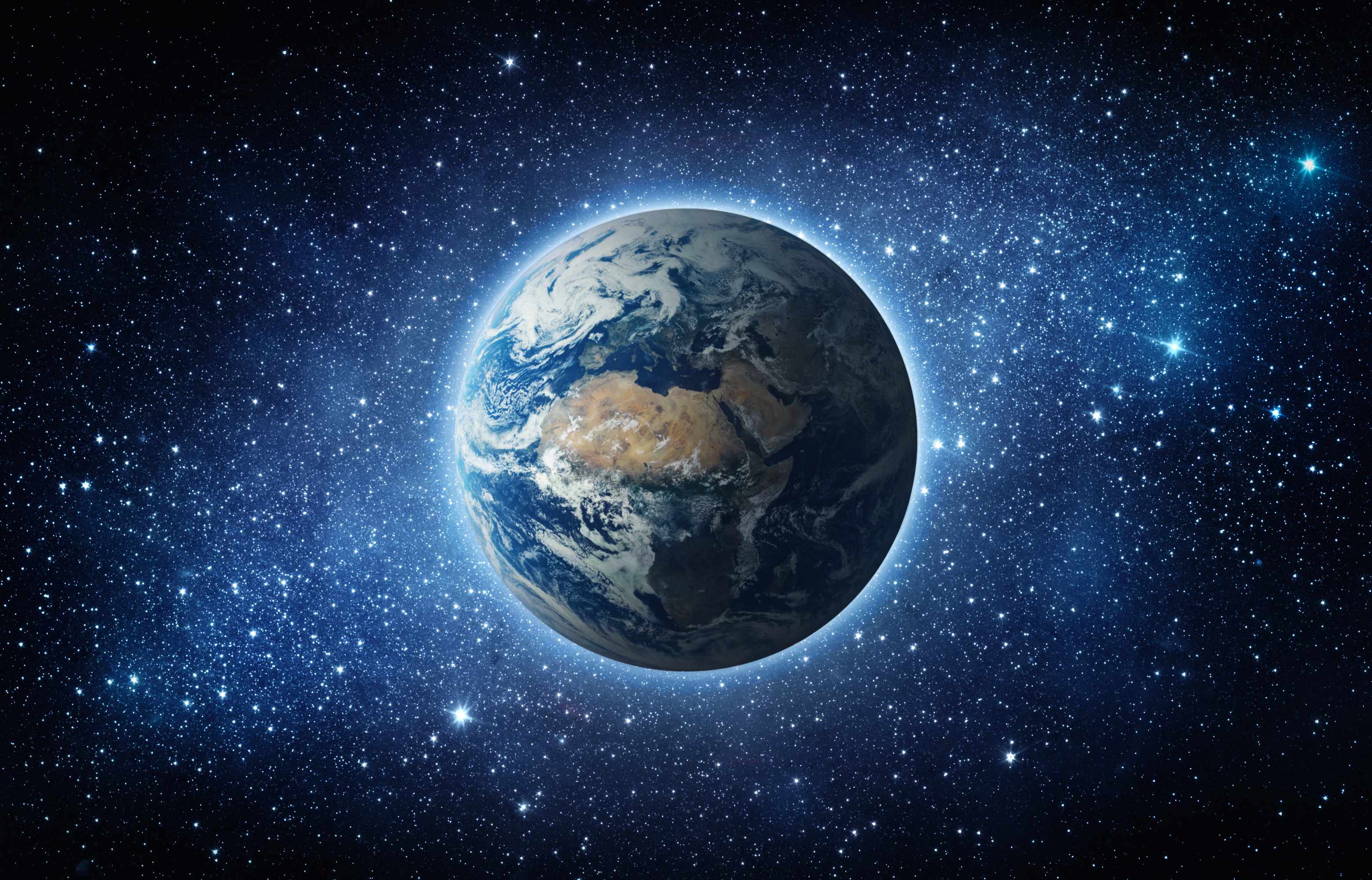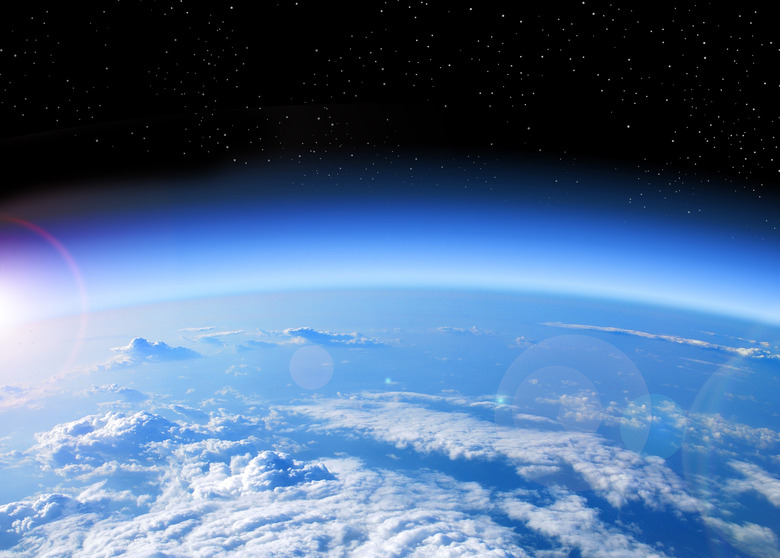The Hole In The Ozone Might Not Be Healing After All, New Study Claims
The ozone hole was healing, or at least that's what scientists told us. Managing to undo the damage that greenhouse gas emissions have done has been heralded as one of the world's greatest environmental achievements. However, a new study could debunk all of that.
According to the new study, which was published this week in Nature Communications, ozone levels in the large Antarctic ozone hole have reduced by 26 percent since 2004. Hannah Kessenich, a PhD student at the University of Otago and the study's lead author, says that this means the hole has "not only remained large in area, but it has also become deeper throughout most of the Antarctic spring." (via CNN)
Despite what it sounds like, the "ozone hole" isn't actually a hole in our planet's ozone layer. Instead, it is a much thinner area within the ozone layer than the rest. So, while it will still protect us from the powerful and deadly UV rays that the Sun emits, it is much weaker in this area.

Scientists previously pushed for the ozone layer's recovery with a ban under the Montreal Protocol, which saw several countries agree to phase down or outright ban the use of more than 100 ozone-depleting chemicals that had helped cause the thinned area over Antarctica. Earlier this year, scientists assured us that the hole in the ozone was healing nicely.
If this new study is correct, the hole might not have been healing as much as we thought. In fact, the researchers say the depletion of the ozone in the layer above Antarctica could be driven by changes in the Antarctic polar vortex, which is a swirl of low pressure and very cold air that can be found high above the South Pole.
The researchers did not go any further in exploring the cause of these changes. However, they did note the many factors that can contribute to the growth and development of ozone holes, including planet-warming pollution – which continues to drive global warming and climate change issues to this day – as well as changes in the solar cycle.
